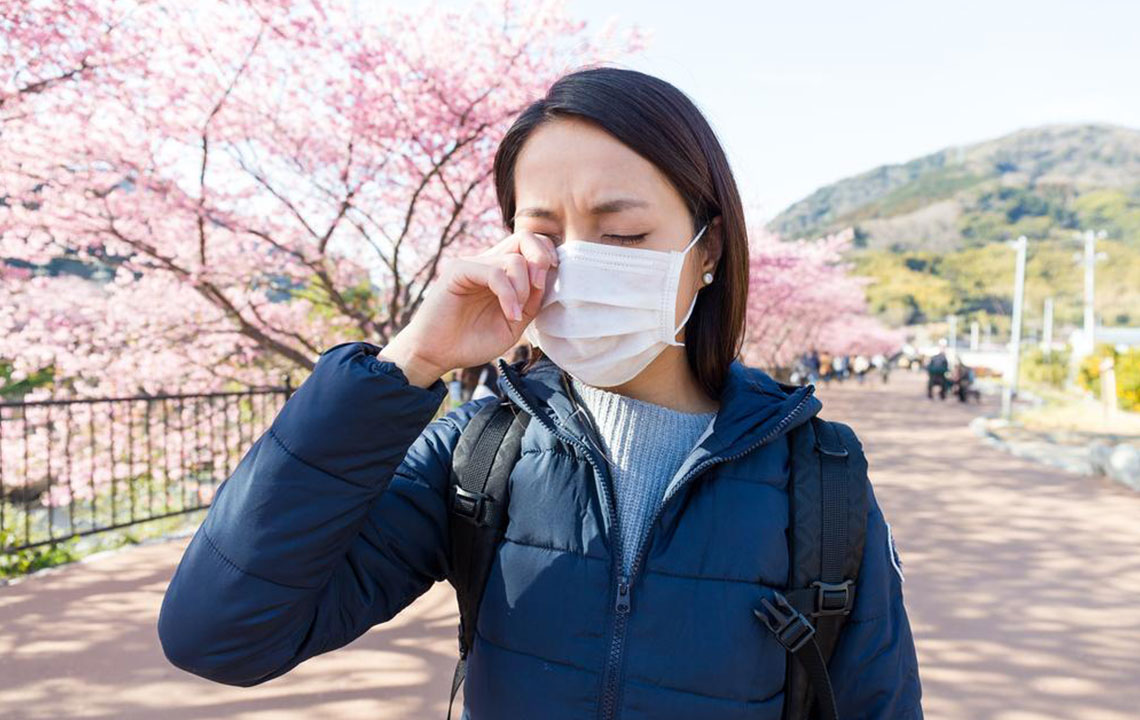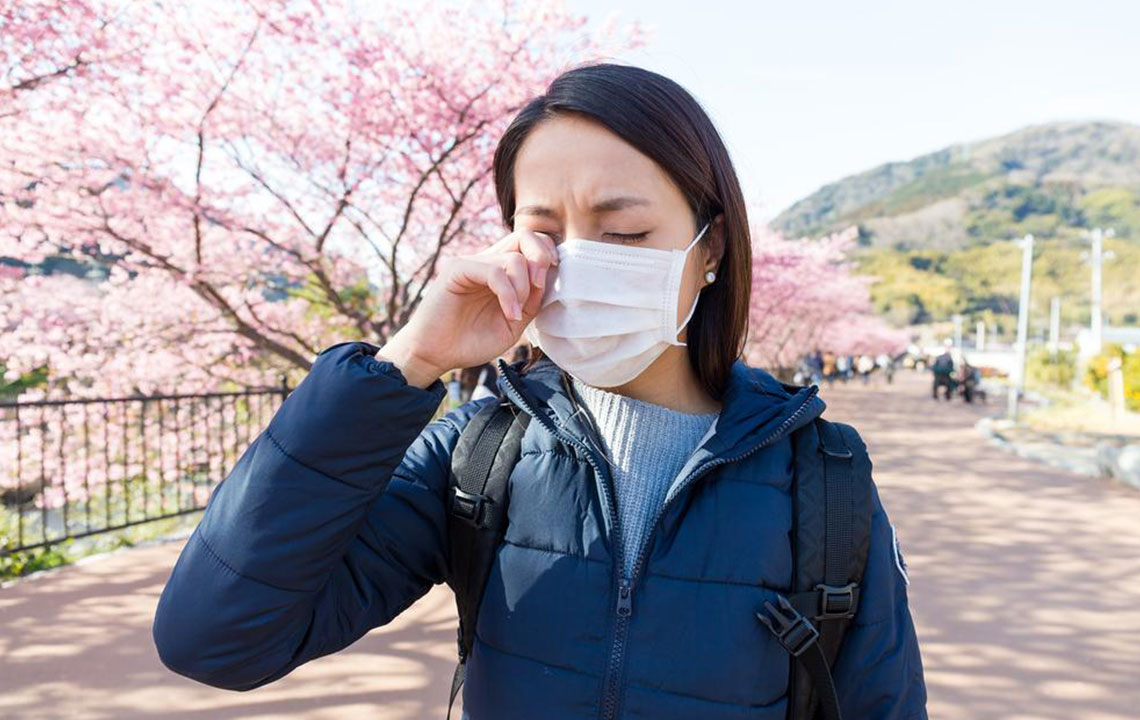Understanding Common Allergies: Key Causes and Recognizable Symptoms
This article explores common allergy triggers and their symptoms, including pollen, food, pet dander, and chemicals. Understanding these factors helps in allergy prevention and management, improving overall health. Recognizing symptoms like sneezing, watery eyes, nasal congestion, and skin reactions is vital for timely treatment and reducing discomfort caused by allergens.

Understanding Common Allergies: Key Causes and Recognizable Symptoms
Allergic reactions tend to worsen during certain seasons, especially when pollen, pollution, pet dander, or dust levels are high. Common household chemicals, gases, and personal care products can also trigger allergic responses. Symptoms vary depending on the allergen and may include irritation and discomfort, affecting quality of life. Recognizing triggers is essential for effective allergy management and symptom reduction.
Pollen
Seasonal pollen from flowers and grasses can cause hay fever, leading to sneezing, itchy eyes, and congestion.
The main symptoms of pollen allergies include sneezing, watery eyes, nasal blockage, and cough.
Food allergies
Foods such as dairy, nuts, eggs, shellfish, wheat, and soy can cause reactions ranging from hives to severe symptoms like nausea and breathing difficulties.
Animal dander
Proteins from pet saliva, skin flakes, or urine can cause sneezing, congestion, coughing, facial pressure, or chest tightness.
Medication reactions
Certain medications, including antibiotics and chemotherapy drugs, can lead to hives, itching, or dizziness.
Latex
Latex found in gloves or balloons may cause itching, rashes, hives, or sneezing.
Fragrance sensitivities
Artificial scents in cosmetic and cleaning products can trigger headaches, nausea, or dizziness.
Insect bites
Reactions like swelling, redness, nausea, or fever from insect venom often need urgent medical care.
Mold
Mold spores in damp settings can cause coughing, breathing issues, or allergy-like symptoms.
Dust mites
Dust accumulation can lead to sinus issues, itchy nose, sore throat, or chest discomfort.
Cockroaches
Proteins in droppings and body parts can cause nasal congestion, wheezing, or sinus problems.


